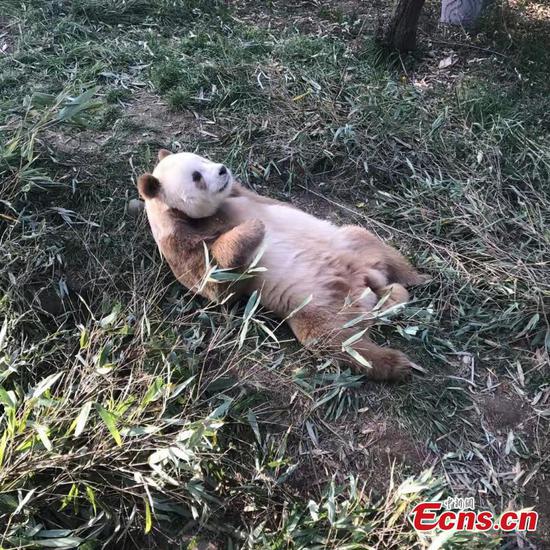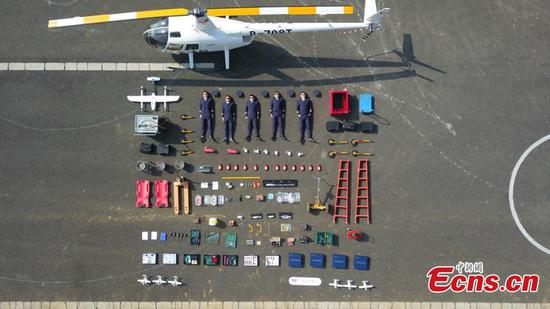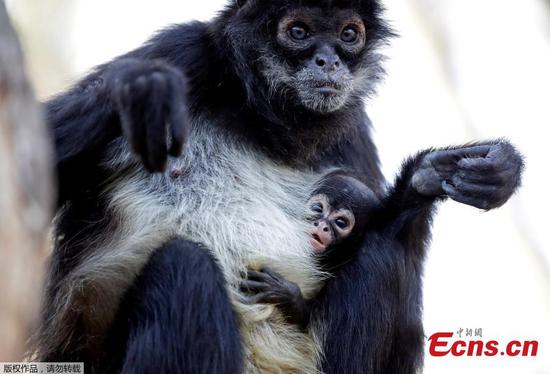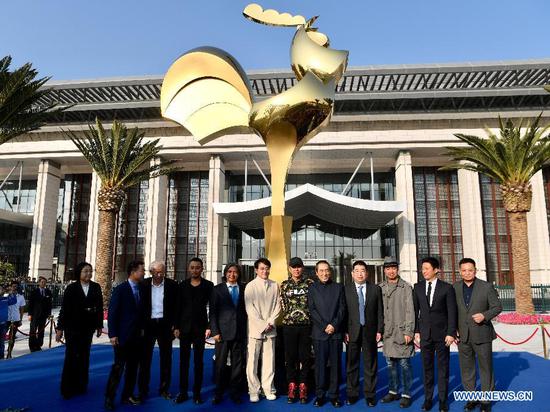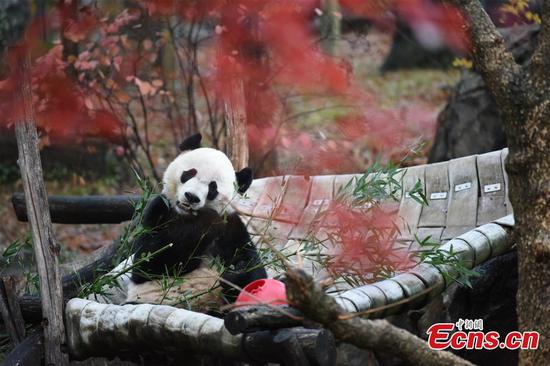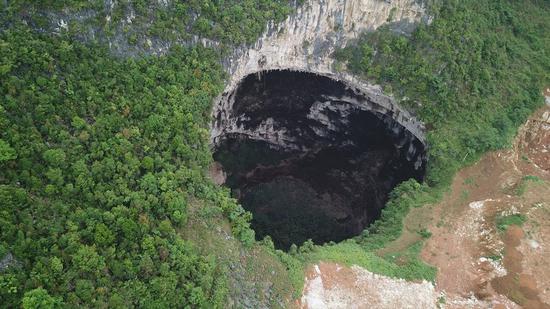
Customers buy fresh pork in a Costco warehouse store in Minhang District, east China's Shanghai, Sept. 19, 2019. (Xinhua/Liu Ying)
Soaring pork prices in China in recent months are seen to gradually soften as the country steps up efforts to boost production and supply through multiple channels.
Since the beginning of November, the overall pork price index in 16 provincial-level regions tracked by the Ministry of Agriculture and Rural Affairs had retreated for two consecutive weeks.
From Nov. 11 to 15, the average pork price index in the regions came in at 46.11 yuan (about 6.58 U.S. dollars) per kg, down 9.6 percent on a weekly basis.
The ministry attributed the fall to an increasing willingness among farmers and scale breeding farms to sell hogs, as well as the release of frozen pork products into the market.
Meanwhile, the price surge over the past few months, mainly affected by African swine fever and other cyclical factors, have restrained consumption and demand, which also helped to prevent further hikes.
China's consumer price index, a main gauge of inflation, rose 3.8 percent year on year last month, driven by soaring pork prices, which rose 101.3 percent year on year in October, contributing to nearly two-thirds of the CPI growth.
The recent retreat came as the Chinese government has been taking multi-pronged measures to boost supply, including increasing subsidies to restore hog production, releasing frozen pork reserves and expanding pork imports.
China has decided to offer subsidies ranging between 500,000 yuan to 5 million yuan from the central budget to large pig farms to support the construction of facilities including epidemic prevention and automatic feed plants.
In 2020, China will also select 100 counties with breeding stocks of more than 100,000 pigs to push waste utilization, with subsidies of no more than 30 million yuan.
The Agricultural Development Bank of China, the country's rural policy bank, earlier this month said it would allocate a total of 50 billion yuan of credit in the next three years to support the production of hogs.
In addition to restoring production, China has expanded imports of pork. In the first three quarters of 2019, the country imported 1.3 million tonnes of pork, up 43.6 percent from a year earlier, according to data released by the General Administration of Customs.
Although the combination of policies shows an initial effect, analysts warned that the supply-demand gap is still quite big and with the consumption peak during the holiday season, prices may continue to fluctuate.
"The full recovery of production capacity will take a relatively long time, and pork prices are expected to reach a turning point in the second half of 2020 if the swine fever stabilizes," said Wang Zuli, a researcher with the Chinese Academy of Agricultural Sciences.

















